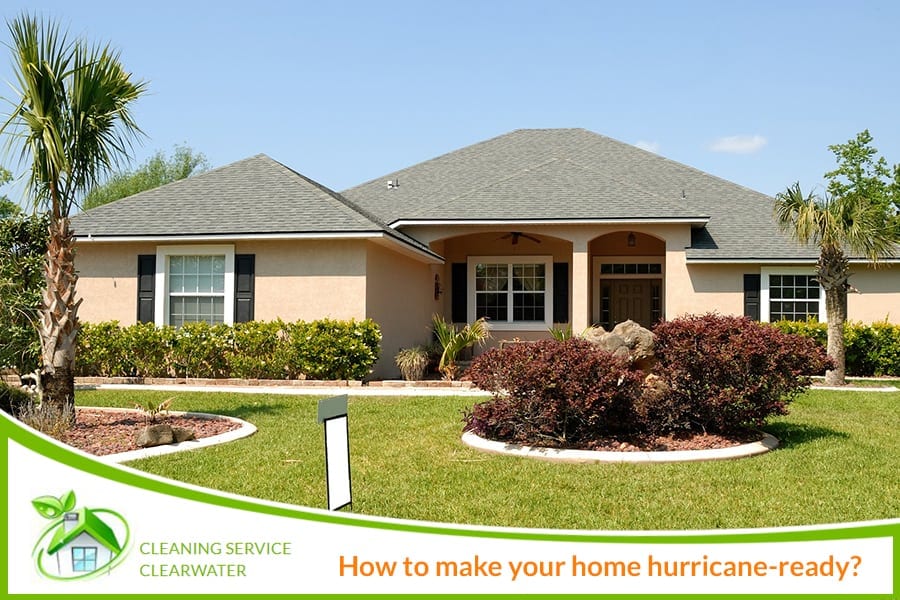 Met offices have predicted that a ‘tumultitude’ of hurricanes originating from the Atlantic Ocean could be making landfall on the East Coast in 2018. So, if you stay in a region lying within East Coast or pretty close to it, you can ill-afford not to make your home ready for the impending hurricane season. You should start taking the precautionary measures as early as possible or else you’ll be left twiddling your thumbs while your home and hearth is devoured by the hurricane when it strikes.
Met offices have predicted that a ‘tumultitude’ of hurricanes originating from the Atlantic Ocean could be making landfall on the East Coast in 2018. So, if you stay in a region lying within East Coast or pretty close to it, you can ill-afford not to make your home ready for the impending hurricane season. You should start taking the precautionary measures as early as possible or else you’ll be left twiddling your thumbs while your home and hearth is devoured by the hurricane when it strikes.
Going by NOAA or National Oceanic and Atmospheric Administration’s forecasts, there’ll be a total of 10-16 squalls out of which 1-4 have the potential of turning into full-blown hurricanes. Hurricane season usually lasts for six months-from 1st June to November 30th. So, if you haven’t yet started bolstering your home’s barricades, then you are already overdue.
The roofs and shutters come first
Damages to roof coverings account for the maximum number of claims pertaining to hurricane insurance. A roof damaged by a hurricane could prove to be disastrous-water seeps through the trusses and joists leading to ceiling collapse. And once the ceiling collapses, an array of household items could get damaged.
All this could happen even if your roof remains intact for the most part. You stand to lose much more, including the roof if the gable ends or hurricane straps are not properly braced. FLASH and IBHS recommend taking the following precautionary measures relating to the roof:
- Caulk or nail the loosely fitted shingles
- Hire a certified contractor for hurricane straps installation
- Retrofit gable ends for bracing the walls
- Check for loose anchoring or rust if your roof is metallic
- Set up a supporting water barrier underneath the roof if required
Next up: Door coverings and windows
Bracing up your home, to a considerable extent implies installing hurricane resistant door coverings and windows. In other words, ensure that you have installed robust shutters, sheeting, screens, and panels together with impact-resistant glass doors and windows. Doors and windows made of plywood can help weather the storm hugely provided you get the right size and installation is appropriate.
Do not leave anything to chance, not even the smallest of openings. Small windows in fact have to put up with higher wind pressure and can get easily blow away if they’re not adequately reinforced. It is better to opt for a professional for the shoring up the doors, windows and other openings and coverings. Taking the DIY route could save you a few thousand bucks but the substandard work could cause you to lose your home in the hurricane season.
Buttressing the windows and doors
Clamshell canopies and accordion coverings are permanent fixtures in your home, so you do not need to tamper with these. It is the detachable hurricane panels which lie on the bottom and top of door openings and windows that you should be bothered with. If you live in a gate community or condominium, you can install only those storm shutters that are approved by the local building department in your state.
For instance, buildings and structures in Florida must have installations that can tolerate impacts resulting from debris blown away by storms and gusts.
Other precautionary measures worth taking
Here are a few last-minute tips that you can make good use of:
- Refrain from taping windows
- Try shifting to a lower level if you live in a high rise
- Do not put up in a mobile home
- Tank up your vehicles and generator
- Take all your belongings from the backyard and put them inside the house.
Picture credit: paulbr75
